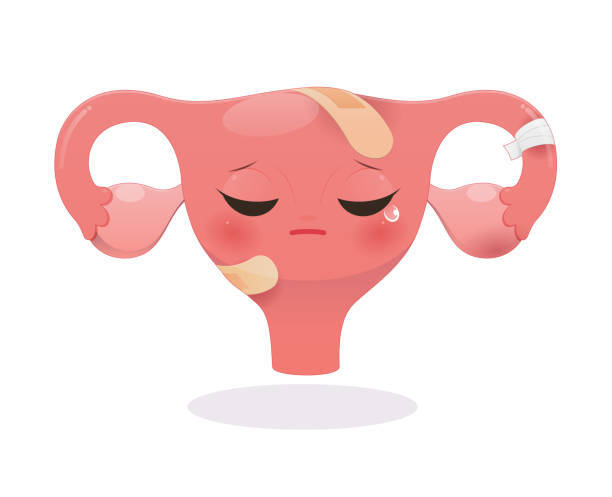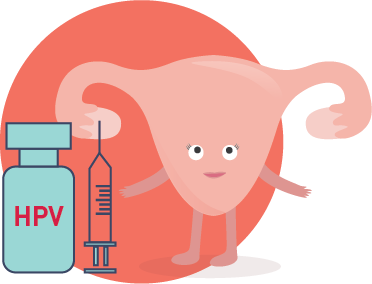
Cervical Cancer Risk Factors for Biopsy
Estela Perez, Paola Moreno, Ramiro Cervantes, Angie Bolden

Estela Perez, Paola Moreno, Ramiro Cervantes, Angie Bolden
About 11,000 new cases of invasive cervical cancer are diagnosed each year in the U.S. However, the number of new cervical cancer cases has been declining steadily over the past decades. Although it is the most preventable type of cancer, each year cervical cancer kills about 4,000 women in the U.S. and about 300,000 women worldwide. In the United States, cervical cancer mortality rates plunged by 74% from 1955 - 1992 thanks to increased screening and early detection with the Pap test. AGE Fifty percent of cervical cancer diagnoses occur in women ages 35 - 54, and about 20% occur in women over 65 years of age. The median age of diagnosis is 48 years. About 15% of women develop cervical cancer between the ages of 20 - 30. Cervical cancer is extremely rare in women younger than age 20. However, many young women become infected with multiple types of human papilloma virus, which then can increase their risk of getting cervical cancer in the future. Young women with early abnormal changes who do not have regular examinations are at high risk for localized cancer by the time they are age 40, and for invasive cancer by age 50.

Although the rate of cervical cancer has declined among both Caucasian and African-American women over the past decades, it remains much more prevalent in African-Americans -- whose death rates are twice as high as Caucasian women. Hispanic American women have more than twice the risk of invasive cervical cancer as Caucasian women, also due to a lower rate of screening. These differences, however, are almost certainly due to social and economic differences. Numerous studies report that high poverty levels are linked with low screening rates. In addition, lack of health insurance, limited transportation, and language difficulties hinder a poor woman’s access to screening services.

Human papilloma virus (HPV) is the main risk factor for cervical cancer. In adults, the most important risk factor for HPV is sexual activity with an infected person. Women most at risk for cervical cancer are those with a history of multiple sexual partners, sexual intercourse at age 17 years or younger, or both. A woman who has never been sexually active has a very low risk for developing cervical cancer. Sexual activity with multiple partners increases the likelihood of many other sexually transmitted infections (chlamydia, gonorrhea, syphilis).Studies have found an association between chlamydia and cervical cancer risk, including the possibility that chlamydia may prolong HPV infection. FAMILY HISTORY Women have a higher risk of cervical cancer if they have a first-degree relative (mother, sister) who has had cervical cancer. USE OF ORAL CONTRACEPTIVES Studies have reported a strong association between cervical cancer and long-term use of oral contraception (OC). Women who take birth control pills for more than 5 - 10 years appear to have a much higher risk HPV infection (up to four times higher) than those who do not use OCs. (Women taking OCs for fewer than 5 years do not have a significantly higher risk.)